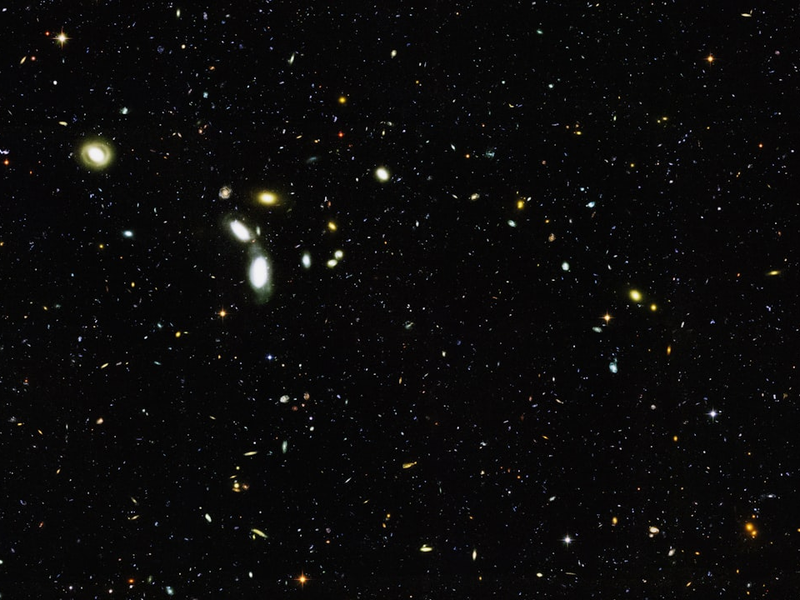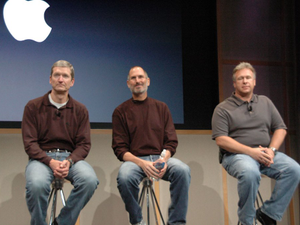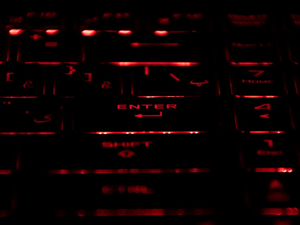Dark Matter Is Real and Scientists Just Blew Our Minds With This Cosmic Magic Trick

Photo by NASA Hubble Space Telescope on Unsplash
Imagine a cosmic hide-and-seek where invisible monsters lurk in the shadows of space, playing tricks on light itself. That’s basically what astronomers just discovered in a mind-bending observation of an “Einstein’s cross” - a cosmic phenomenon that sounds like it was dreamed up by a sci-fi writer on an espresso binge.
In a groundbreaking discovery, researchers using the Atacama Large Millimeter/Submillimeter Array (ALMA) telescope in Chile have uncovered something that would make even Albert Einstein do a double-take. They found a gravitational lens so epic it literally splits light into multiple images, revealing a massive hidden dark matter halo that’s several trillion times the mass of our sun.
The Cosmic Magic Trick
Here’s the wild part: scientists were studying a galaxy called HerS-3, located a mind-boggling 11.6 billion light-years away, when they noticed something weird. Four giant galaxies were bending and magnifying its light in a spectacular cross-like formation. But here’s the kicker - the visible mass of these galaxies couldn’t fully explain the light-bending effect.
The Invisible Giant
Enter dark matter, the universe’s ultimate ninja. This invisible material, which makes up about 85% of the universe’s total mass, was the missing piece of the puzzle. The research team discovered a massive dark matter halo that was gravitationally orchestrating this entire cosmic light show.
Why It Matters
This isn’t just some nerdy astronomical trivia. By studying how dark matter influences early galaxy formation, scientists are essentially peering into the universe’s baby photo album. It’s like cosmic archeology, but instead of digging for pottery shards, they’re unraveling the fundamental mysteries of how our universe takes shape.
So next time someone tells you science is boring, just remind them that invisible space giants are out there bending light like it’s a cosmic yoga class.
AUTHOR: cgp
SOURCE: Wired





















































